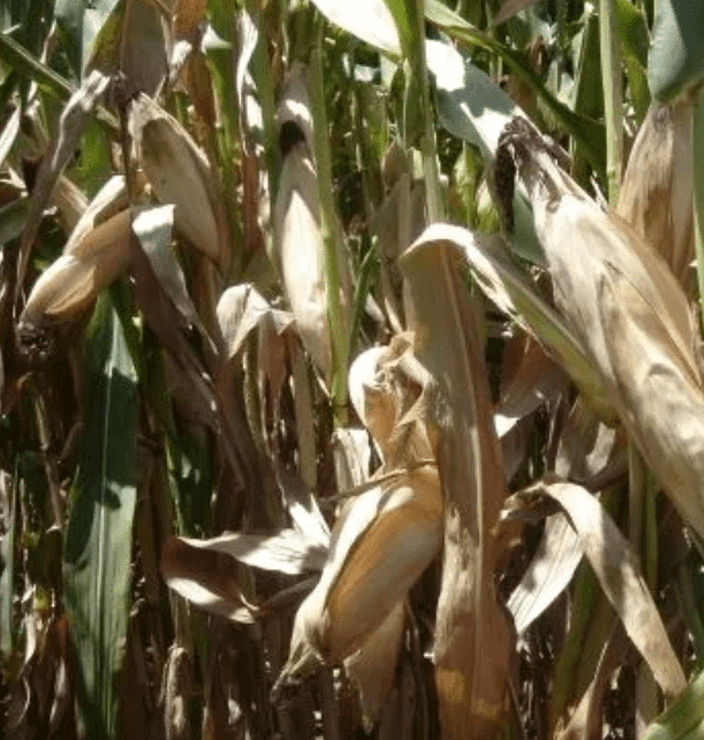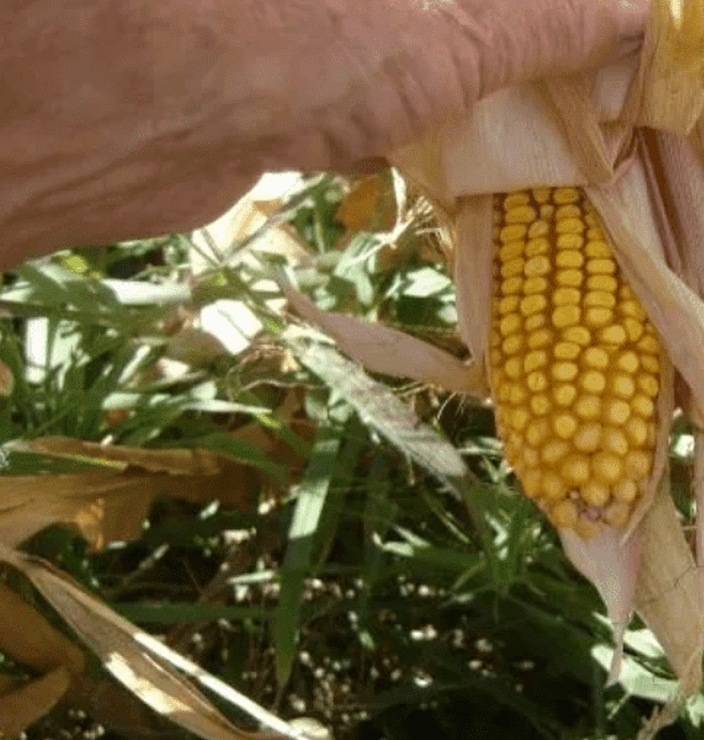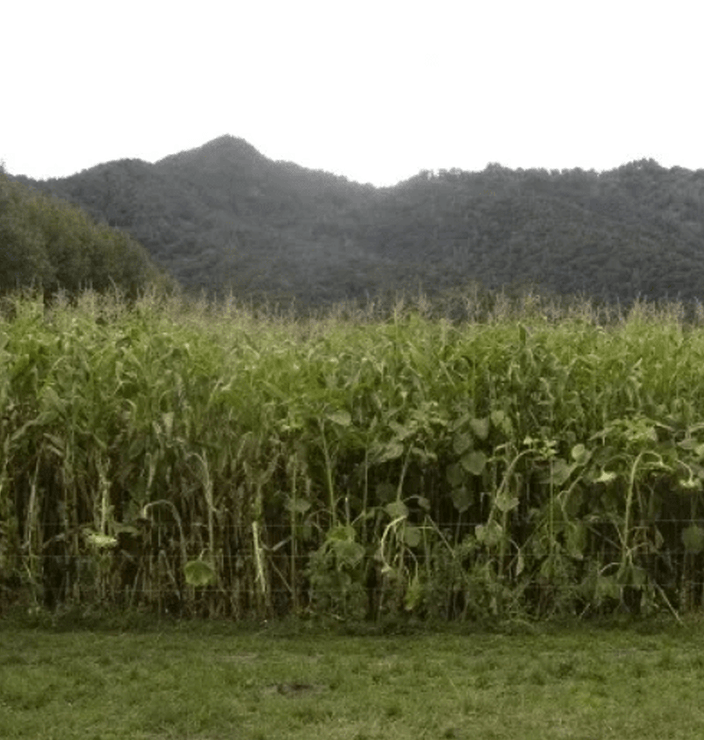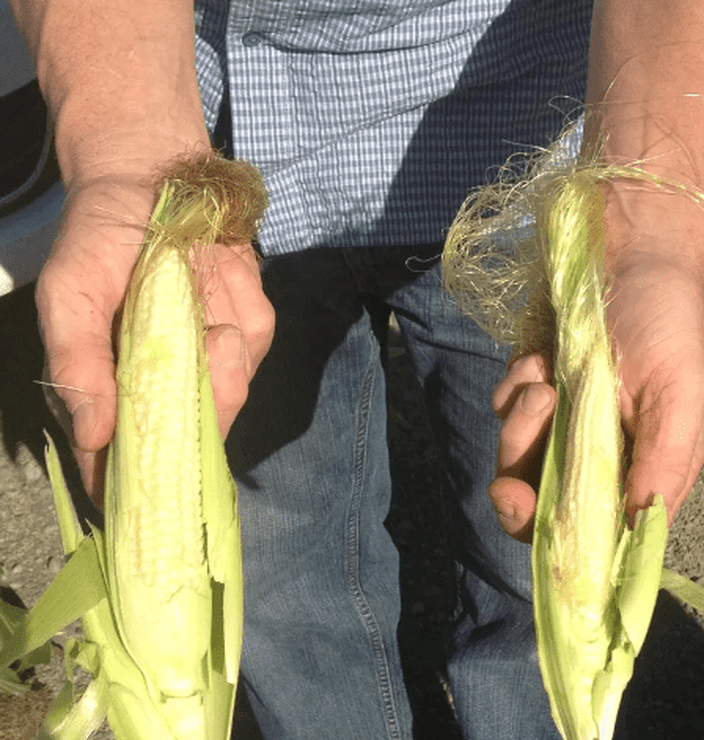Maize
There is one correct way to grow any crop, and that is to have your soil tests sent to a creditable laboratory and get a competent recommendation from those results. We at Kiwi Fertiliser have found the best results are to be had from the Perry Agricultural Lab (PAL) and Kinsey Agricultural Services, (KAS) both in Missouri. Our field staff are also trained to interpret and/or alter the recommendations to suit local conditions, materials and time of year.
There are no quick fixes; it is a minimum of a three year programme for best results. Some common problems we encounter are:
low soil fertility balance in general
high phosphorus levels
over-liming and low organic matter
poor soil structure
Too much calcium ties up trace elements, (iron, manganese, boron, zinc); and drives down magnesium and potassium. Incorrect magnesium impacts on phosphorus and nitrogen efficiency by up to 50%. Since the calcium-magnesium percent in a soil determines pore space, water efficiency is also decreased. Low or imbalanced soil fertility leads to low quality animal feed. Low quality animals lead to low profit.
Too many farmers and growers are just not making financial headway. That leads to corners being cut. The farm consultants are leading that charge, and it needs to stop. Too many think that higher inputs lead to lower returns, when the correct inputs lead to higher returns. They just don’t know what those correct inputs are.
The purpose of growing supplements is to improve the nutrition of the stock that eats it. If that supplement is below par, the stock need more of it, but more does not improve stock health; it just costs more.
All effort should be aimed at maximising the health of the crop. That maximises yield. 95% of yield comes from the atmosphere, 5% from the soil. The soil needs to be correctly balanced.
Soil carbon levels are decreasing. A 1% increase in organic matter can improve yield by 12%. A soil with 5% organic matter will hold 5 times the moisture of one with 1%. Are you increasing organic matter?
There are 74,000 tonnes of nitrogen above every hectare on earth. To convert some of that free N, you need an appropriate calcium:magnesium percent; available phosphorus and available iron, plus cobalt and molybdenum. The bacteria and other microbes do the rest.
Work with nature, not against her. 60% of sugar manufactured in the leaf is transferred to the roots. 50% of that is exuded into the soil to feed microbes. The microbes in the soil solubilize minerals for plant uptake. It’s a win-win situation. No boron, no transfer. Ensure you have luxury amounts (not excesses) of phosphorus, magnesium, calcium and boron (the Big Four) for superior crops. That comes back to a meaningful soil test and a specific fertiliser recommendation, not guess work.
Each soil has a precise fingerprint. Using two examples on a particular soil, the PAL figures are 3515 kg/ha calcium, and 372 kg/ha Mg. That means get as close as you can to those figures for top quality and quantity yield. Local soil test results show 7.1 me/100g for calcium, and an optimum range of 4-10 me/100g. How confusing. Does that soil need to be at 4, 7 or 10?
For magnesium, the local one shows 1.42, with a range of 1.0-1.6. Both these nutrients are in the centre of the range, but both calcium and magnesium are woefully inadequate with levels of 1792 and 242 according to PAL. That is a shortfall of 1723 kg/ha (49%) for calcium and 130 kg/ha (35%) for magnesium. Get the magnesium up and you can get your nitrogen down, and optimise phosphorus utilisation.
Potassium is another nutrient often in short supply. It’s expensive, but you need about eight times the plants requirement available in the soil, to allow the plant to take up enough. That translates on a PAL soil test to 5% of base saturation. We use potassium sulphate, most others use potassium chloride. Potassium chloride is cheaper, but potassium sulphate is more effective, ensuring better results. Sulphate is better value for money than chloride. Sulphur is very useful, chloride much less so. (There is a small amountof chloride in potasium sulphate.) The chloride can limit the plant's ability to absorb potassium. We at Kiwi Fertiliser do not deal with inferior fertilisers. We will not compromise on quality. Mediocrity is the enemy of excellence.
Lodging is caused by lack of potassium, manganese, copper, silicon or a combination of them. It’s easily rectified and there’s no guessing required. With sulphate sulphur, the local test says 10-12 mg/kg is “medium” while 26 ppm is “high.” We say anything up to 12 ppm is very low, 40 ppm is good and 50-150 ppm is excellent. Sulphur increases girth. The greater the stalk size, the more able it is to pump nutrients into the cob, - more importantly, cobs.







